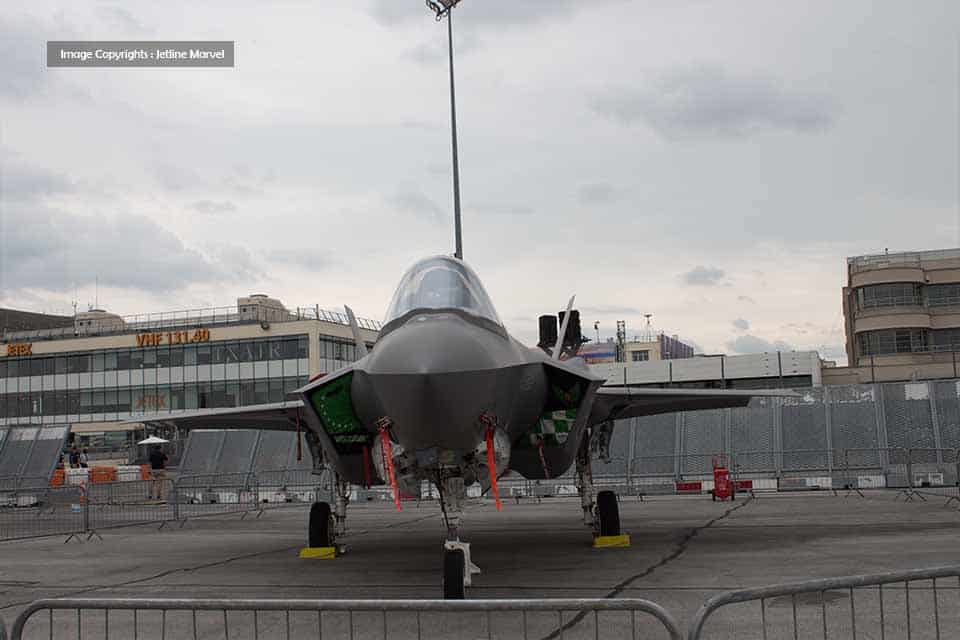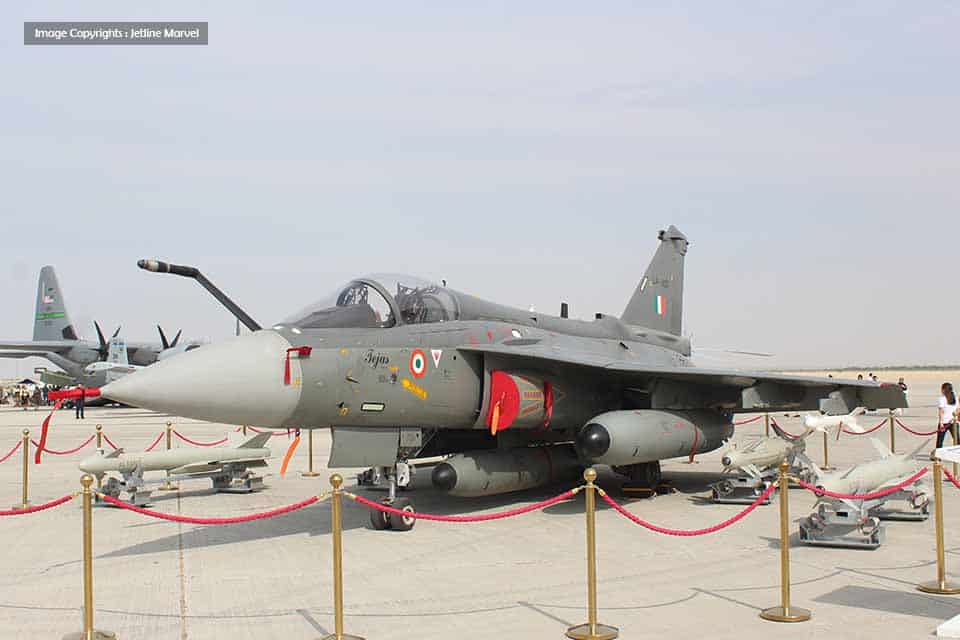Aviation
Why Elon Musk Believes the F-35 Stealth Jet Is Obsolete – Here’s Why

Elon Musk, the tech billionaire known for his innovative thinking, has set his sights on the U.S. Air Force’s F-35 fighter jets, calling them “obsolete” and unfit for modern warfare.
In a series of posts on his social media platform X (formerly known as Twitter), Musk has argued that fighter jets, particularly the F-35, are outdated in an era dominated by drones and AI-driven combat systems. His remarks, which have ignited intense debate, suggest that the U.S. military should shift focus toward low-cost, unmanned aerial systems (UAS) rather than continuing to invest in expensive, manned jets.
Musk’s blunt criticism, which led to a 3% drop in Lockheed Martin’s stock, isn’t just a swipe at one military program—it’s part of his broader vision for the future of warfare. According to Musk, drones are the way forward, offering cost-effective, flexible, and increasingly autonomous platforms that can outperform traditional fighter jets in modern combat scenarios.
Drones: The Future of Warfare
Musk has consistently championed the development of remote-piloted combat systems over traditional fighter jets, claiming that the days of manned aircraft are numbered. He highlights the rise of drone warfare as a pivotal shift in military strategy.
Drones, Musk believes, not only offer a more cost-effective approach to air combat, but they also allow for greater speed in innovation. His argument is simple—drones are cheaper, safer, and capable of performing coordinated missions with minimal human oversight.
In contrast to the F-35’s $80 million price tag, small drones used in the Russia-Ukraine conflict have cost anywhere from $10,000 to $50,000 each. Musk suggests that, given the escalating costs and complexity of traditional fighter jets, drones provide a much better return on investment. By removing the human element, drones eliminate the risks faced by pilots and allow for large-scale, swarming operations that can overwhelm traditional defense systems.
The F-35 program, one of the most ambitious and costly military projects in history, has long been a target for criticism. Designed as a multi-role stealth fighter, the F-35 was intended to meet a wide range of military needs, from air-to-air combat to precision strikes.
However, the program has been plagued by cost overruns, delays, and technical challenges. Despite these setbacks, the F-35 remains a cornerstone of the U.S. and allied air forces, largely due to its advanced stealth technology, sensors, and interoperability with other defense systems.
Critics, however, argue that the F-35 is over-designed to meet too many requirements, making it an unnecessarily complex and expensive system.
Musk’s Vision for the Future
Musk’s call to replace piloted fighter jets with AI-driven drones isn’t just about cutting costs—it’s about rethinking the way we approach air combat. With the growing role of Unmanned Aerial Systems (UAS) in conflicts around the world, from reconnaissance to precision strikes, it’s clear that the battlefield is evolving. Drones have already proven their value, offering flexible, highly adaptable solutions that are reshaping military operations.

Aviation
Tejas and C-390 Millennium: India and Brazil’s Defense Trade Vision

India and Brazil are exploring a mutually beneficial deal to enhance their defense product exports. There are indications that this potential agreement could include the exchange of fighter jets, essentially functioning as a barter system. For example, India has a long-standing offset policy requiring foreign defense companies to reinvest a portion of their contract value back into India through technology transfer or other reciprocal benefits.
Many countries engage in such exchanges to support each other’s defense industries, thereby strengthening national policies and economies. A notable example is the barter deal between South Korea and Indonesia, where South Korea sold its T-50 jets to Indonesia in return for defense-related goods and trade advantages.
India-Brazil defence mutual benefits
If the India-Brazil deal comes to fruition, it could provide mutual benefits, as both nations are in need of advanced platforms. Brazil is well-known for its Embraer aircraft, which ranks as one of the top three manufacturers of private and commercial jets. However, Brazil lacks expertise in fighter jet production, and this deal could provide the exposure needed to enter the fighter jet market.
In 2014, Brazil made a significant purchase of 36 Gripen fighters, with deliveries expected by 2027. Brazil is also producing Gripen fighter jets at its Embraer plant, with SAAB and Embraer collaborating to enhance the performance of the Gripen aircraft further.
India Faces Shortage of Military Aircraft Materials
Currently, India faces a shortage of medium military transport aircraft and is seeking to acquire more. The C-130J and C-17 Globemaster, along with the Russian IL-76, are currently in service. However, the production of the C-17 has been halted, making it unavailable in the market, while the IL-76 is experiencing maintenance challenges due to a shortage of spare parts.
Air India Might Operate Tata-Made New Airbus C295 Aircraft
India is currently seeking a reliable partner for military transport aircraft, and the Embraer C-390 Millennium stands out as an ideal fit. If a deal between Brazil and India materializes, it could yield significant benefits for both nations.
Embraer C390 payload capacity
The Brazilian Air Force is the largest in the Southern Hemisphere and the second largest in the Americas. Embraer proudly presents the C-390 Millennium as the future of military transport aircraft, featuring a payload capacity of 26,000 kg. This makes it a compelling choice, especially since it outperforms the C-130J Super Hercules, which has a payload capacity of 19,000 kg. Given India’s interest in enhancing its military capabilities, it’s clear why experts believe that discussions around this aircraft could lead to a significant agreement.
This international airline is offering free flight tickets to Indian travelers
Brazil operates the Gripen E fighter jet, which is expected to expand its fleet in the near future. However, the Tejas fighter jet has certain advantages over the Gripen. For instance, the Tejas features a quadruple digital fly-by-wire system that offers greater redundancy and safety compared to the single FBW system in the Gripen. Additionally, its use of composite materials reduces its radar cross-section, and its wide duct air intake enhances performance. Notably, the Tejas can take off in as little as 460 meters, significantly shorter than the Gripen’s 800-meter requirement.
Tejas and Gripen E Engine
Both jets are equipped with advanced avionics and electronic warfare systems, but the Gripen does hold some advantages with its more powerful GE F414 engine. The Gripen has a better payload capacity and maximum takeoff weight, and the optimized F414 engine provides superior thrust, enhancing agility and aerial engagement capabilities. However, the F404 engine of the Tejas is cheaper to maintain and operate compared to the F414.
With a maximum capacity of 26 tonnes, the C-390 surpasses the C-130’s 19-tonne capacity. Additionally, the C-390 is equipped with both probe and drogue systems, allowing it to refuel fighter jets and even serve as a tanker—capabilities that the C-130J does not offer. If India and Brazil decide to collaborate on the C-390’s production, it could be a game-changer for both nations.
India could potentially modify the C-390 aircraft for combat roles, such as launching long-range subsonic cruise missiles. This adaptation is feasible, as evidenced by the U.S. using its MC-130 to launch AGM-158 missiles.
India’s collbration with TATA & Airbus C295
Currently, India, in collaboration with Airbus, is producing around 56 aircraft for defense purposes. This milestone strengthens India’s defense capabilities, as spare parts will be more accessible due to local production and support. The C295 aircraft plays a crucial role in boosting regional connectivity and transporting troops and essential military supplies.
Furthermore, the C-390 could function as a drone mothership for deploying India’s swift and stealthy drones, providing a cost-effective solution that maximizes operational capabilities. However, challenges related to self-survivability, precision strikes, and operations in contested environments need to be addressed. If these challenges can be resolved, this concept could significantly enhance India’s long-range strike capabilities.
Similarly, manufacturing the Tejas MK1 in collaboration with Brazil would bring substantial benefits, especially for Brazil. Their mutual membership in BRICS could foster deep cooperation, defense technology sharing, and industrial development. By partnering on the Tejas program, Brazil’s aerospace industry could enter the fighter aircraft segment, leading to advancements in knowledge transfer and the establishment of local supply chains.
Reducing reliance on India for fighter maintenance and support, the C-390 Millennium would significantly enhance India’s logistical and operational capacity. Meanwhile, the Tejas MK1A offers Brazil an affordable yet effective solution to bolster its air combat capabilities, further deepening the strategic ties between the two nations.
-

 Aviation2 months ago
Aviation2 months agoMicrosoft Flight Simulator Raises $3 Million to Bring Back the An-225 Mriya
-

 Airlines2 months ago
Airlines2 months agoQatar Citizens Can Travel to the United States Without a Visa
-

 Aviation2 months ago
Aviation2 months agoQatar Airways bans these new Electronic Devices on plane
-

 Defence2 months ago
Defence2 months agoWhich Country Has the Largest Fleet of Fighter Aircraft?
-

 Airlines6 days ago
Airlines6 days agoDAMAC Air: Dubai’s New Luxury Airline Offers Free Flights for Registration
-

 Airport2 months ago
Airport2 months agoWestern Sydney Airport Welcomes Its First Plane After 6 Years of construction
-

 Airlines5 days ago
Airlines5 days agoAir India to Launch aircraft maintenance training institute in Bengaluru
-

 Aviation2 months ago
Aviation2 months agoDid you know ? Once Boeing 747 carried 1088 passenger in 1991









You must be logged in to post a comment Login